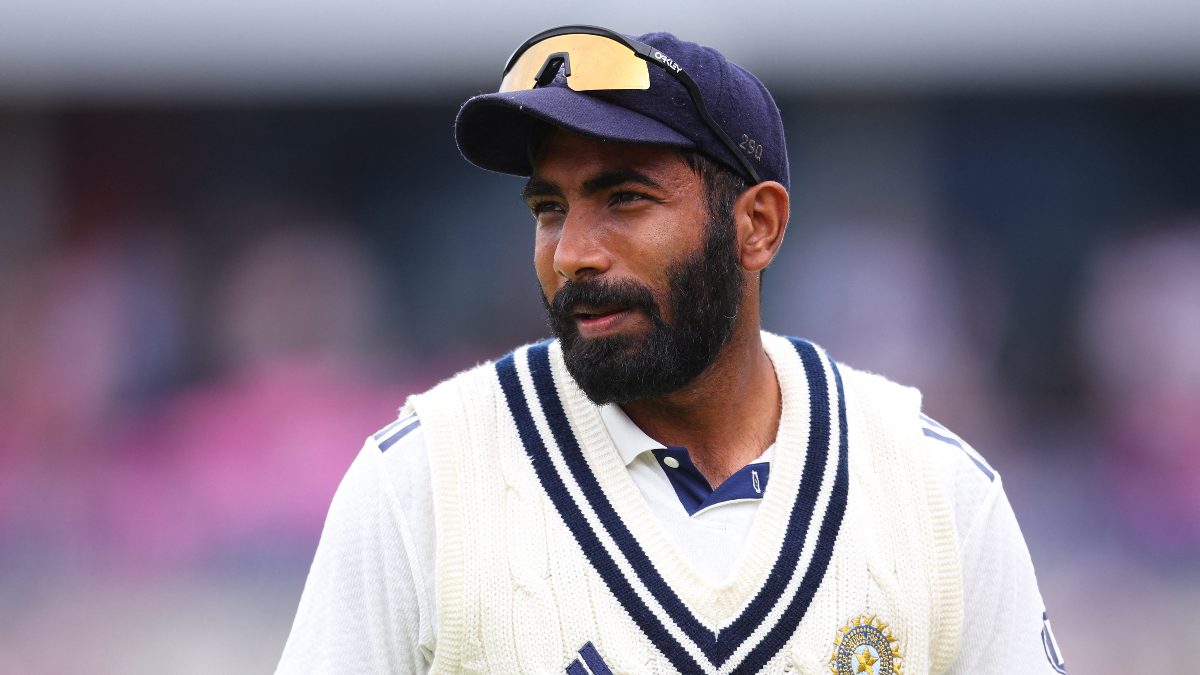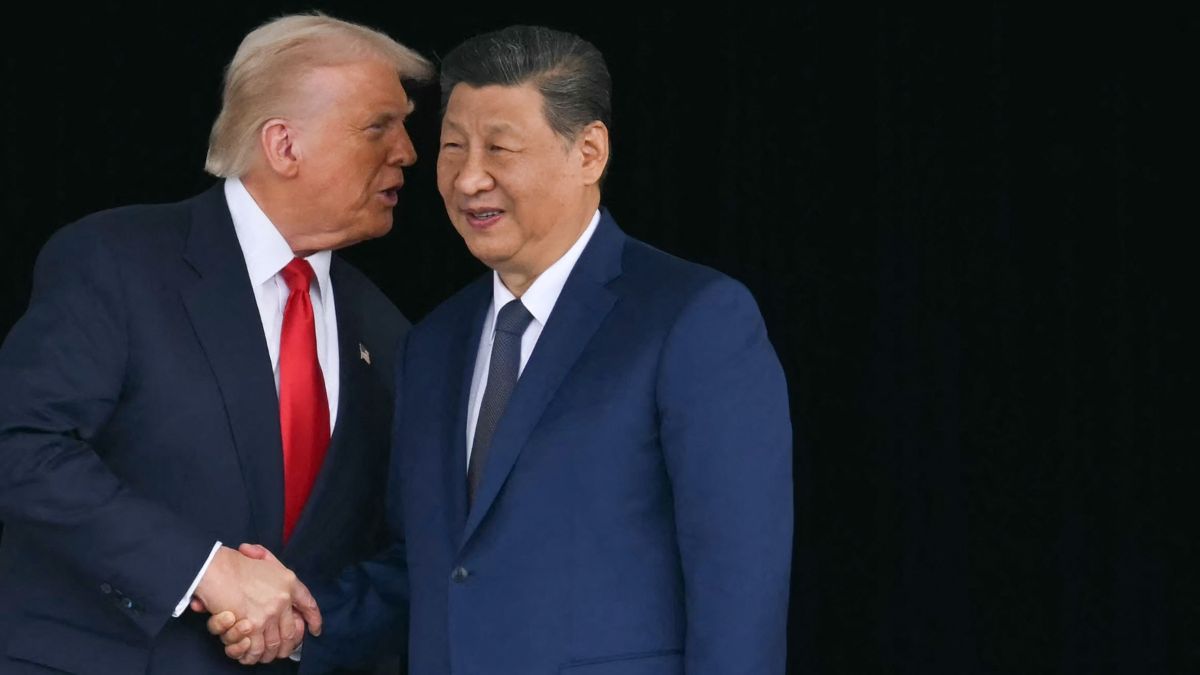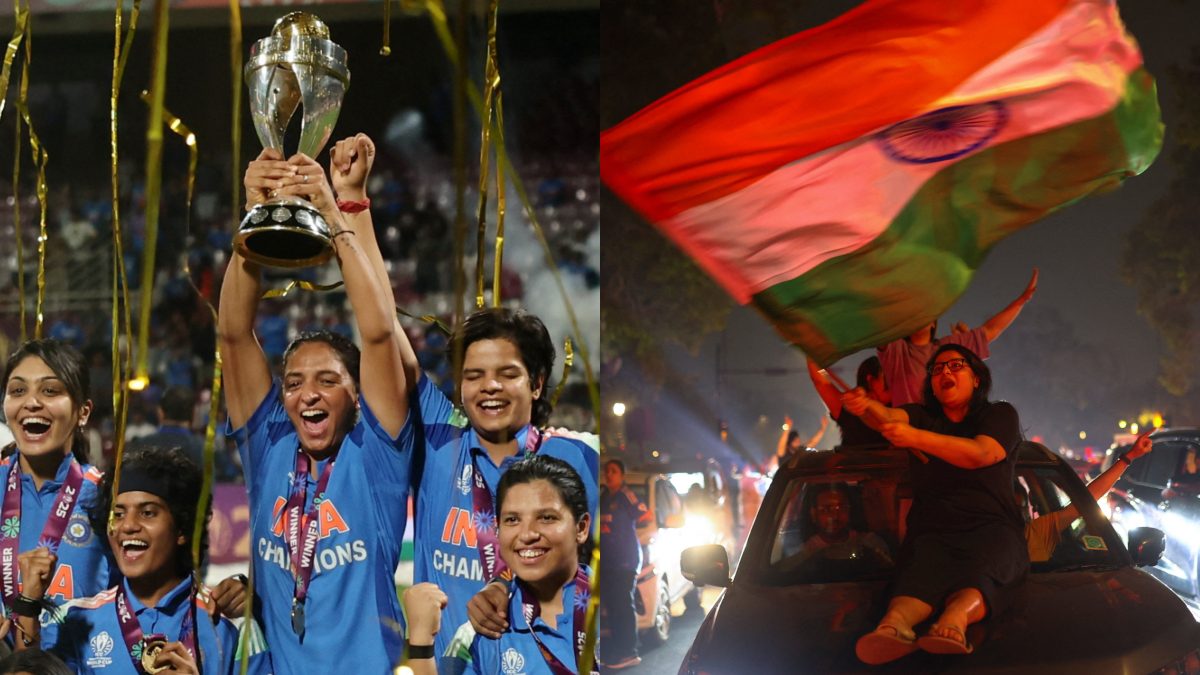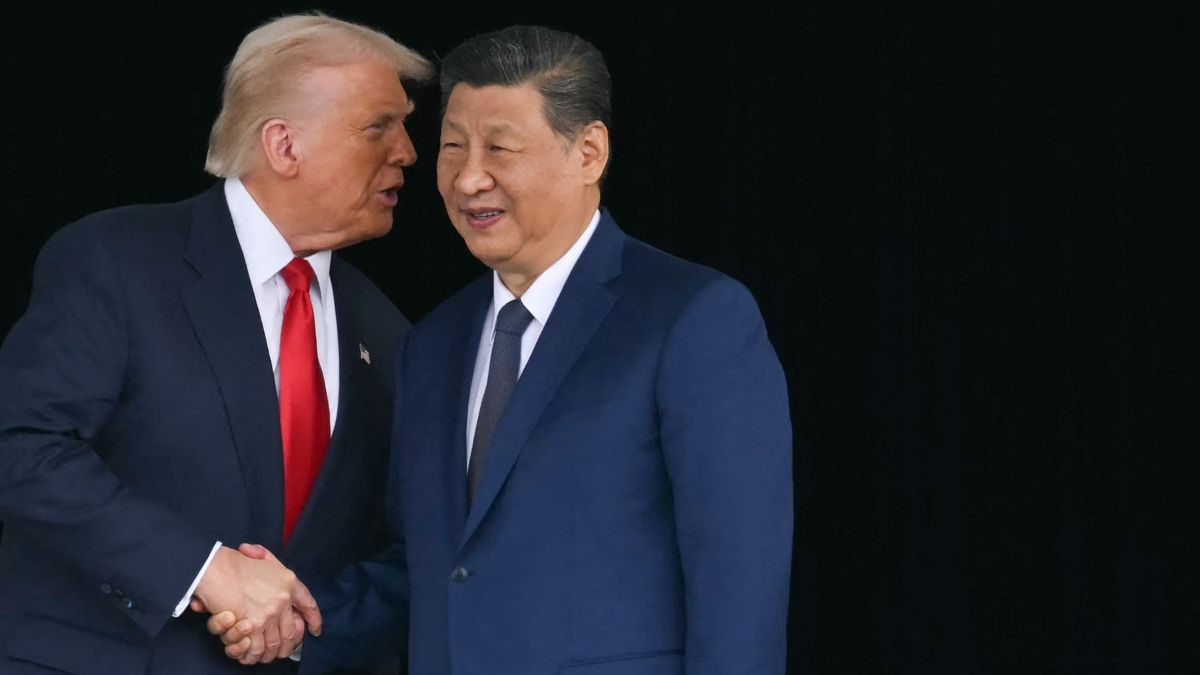On a beautiful and bright Sunday evening in Hobart, under the glimmer of floodlights, India found themselves on a batting paradise. The Bellerive (or “Ninja”) Oval surface for the third T20I of the ongoing five-match series was flat, the boundaries were small and for once on this white-ball tour, the batters could trust the bounce and play through the line. Yet, on what was arguably the best batting deck India have had in Australia so far, Shubman Gill’s struggles in T20 internationals continued.
The right-hander, who was rattled and dismissed cheaply by Josh Hazlewood in Melbourne a few days ago, couldn’t make the most of the Aussie pacer’s absence. He scratched his way to 15 off 12 in a run-chase of 187 before falling LBW to Nathan Ellis, unable to build on another start. It was yet another frustrating outing for a player who is being seen as the next big thing in Indian cricket.
India left confused after Gill’s inclusion?
Meanwhile, Gill’s poor form is only part of the story. The larger issue is how his inclusion — or rather, re-inclusion — in the T20I set-up since the Asia Cup has disturbed India’s combination and muddled their approach at the top. His return to this format, since the three-match series in Sri Lanka in August 2024, was meant to provide stability and complement Abhishek Sharma’s fiery approach at the top. Instead, his continuous failures have blurred the team’s vision heading towards the 2026 T20 World Cup.
When India named Gill as vice-captain for the Asia Cup earlier this year, it raised quite a few eyebrows. The move seemed driven more by reputation and his Test form in England than by necessity. Was it a classic case of format mixing? Meanwhile, it pushed Sanju Samson — who had scored three T20I hundreds last year as an opener — out of his preferred role, and in Hobart, out of the XI altogether.
It is like cutting costs after the company has already gone bankrupt.
Gill’s inclusion also restricted experimentation with Yashasvi Jaiswal, who has scored 723 runs in 23 T20Is at a strike-rate of 164.31. His fearless approach from ball one aligns perfectly with how modern T20 sides operate. In trying to fit in Gill, India ended up losing both momentum and clarity.
Impact Shorts
More ShortsBall by ball highlights of Shubman Gill's impactful 15(12). 🥵pic.twitter.com/ZvmV8kx9FY
— 𝐢 (@arrestshubman) November 2, 2025
Gill’s numbers since returning tell a bleak tale — scores of 20*, 10, 5, 47, 29, 4, 12, 37*, 5 and 15. No fifty since July 2024, and more often than not, dismissed before even making any significant impact. For an opener entrusted to set the tone, this inconsistency is damaging. What’s worse, even on the sluggish Asia Cup pitches, where we saw plenty of 150–160 games that could have suited his game, Gill failed to make a mark.
The fundamental problem lies in Gill’s batting style. He is a rhythm player — elegant, methodical and better suited to formats where building an innings still matters. In the IPL, the dynamics are different, but in international T20 cricket — and especially in India, where most of the matches in the next World Cup will be played on high-scoring pitches — such an approach risks becoming obsolete. Scores of 220 or even 230 may not be considered safe on those batting beauties, particularly with the dew around and teams are now looking for power-hitters who can exploit the first six overs ruthlessly, especially if they have to bat first.
Can India afford traditional Gill at top?
Gill, however, tends to play within himself early on, waiting for the game to come to him. That might work in Tests and ODIs, but in T20Is it leaves the side behind the required rate far too quickly. Although the Gujarat Titans skipper has an international career strike-rate of 140.85 in this format, since his return in the Asia Cup, it has hovered around 130 — acceptable a few years ago, but simply not enough in the current climate. Players like Abhishek Sharma, Travis Head and Phil Salt have redefined the top-order tempo in T20Is. In comparison, Gill’s cautious starts feel out of sync.
In global T20I cricket, the game is moving. Top orders around the world — from England to Australia to South Africa — are filled with batters who treat every ball as a scoring opportunity. The game is evolving, and India cannot afford to cling to the idea of a traditional anchor at the top, especially when the home World Cup will demand relentless aggression.
Bro is capable to be in Top 3 T20 Rankings. But he is warming the bench because BCCI wants Shubman Gill to be face of Indian Cricket. 🤡 pic.twitter.com/Rzt4WLzA0s
— Selfless⁴⁵ (@SelflessCricket) November 2, 2025
Although, as of now, the vice-captaincy tag has given Gill some breathing space, Indian cricket has seen before that such titles don’t guarantee selection. Ajinkya Rahane lost his spot in the XI during the 2018 tour of South Africa despite being the vice-captain of the Test side. If Gill’s form and tempo don’t improve soon, he could find himself in a similar situation.
Gill remains one of India’s finest young batters, a joy to watch when he’s in rhythm. But T20Is demand a very different skill set — one that prizes intent over elegance and momentum over method. As things stand, his inclusion has not only cost India flexibility but also clarity.
With two games left in this series in Australia, the time is running out for Gill to justify his place. If he cannot adapt to the modern tempo, India might have no choice but to move on in the upcoming five T20Is at home against South Africa — because sentiment cannot dictate selection when the World Cup clock is ticking.


)

)
)
)
)
)
)
)
)



